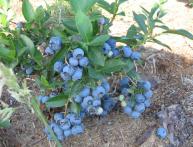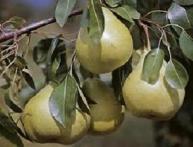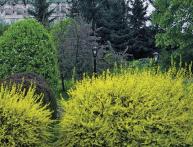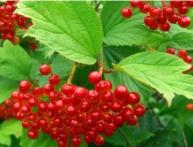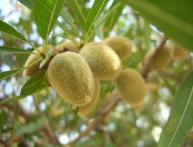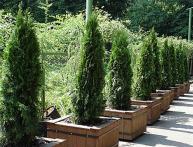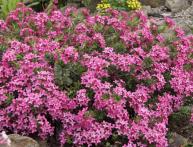Clematis Westerplatte - a memorable variety
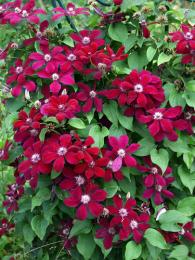
Clematis westerplatte - this is a beautiful variety of Polish selection, distinguished by large (10-16 cm) flowers. The petals of the flower are red-burgundy, similar to silk to the touch, and the stamens are dark red. Flowering begins in June and ends in August; it blooms on the shoots of the current year.
It is especially good to grow clematis near hedges, fences, the walls of gazebos, and on trellises. The plant can also crawl up and along natural supports of trees and shrubs.
The Westerplatte variety prefers a sunny place in the garden protected from gusts of wind. When planting, you should take into account the fact that the roots of clematis should be far from groundwater. Choose loose, well-drained and fertile soil; it is possible to plant in clay soils and loams, but with neutral acidity.
In hot weather, clematis Westerplatte likes not too frequent, but abundant watering. After watering at least four times per season, plants require fertilizing with fertilizers.
After purchasing a clematis bush and before planting it in a permanent place, the shoots are shortened. Formative pruning is also carried out every summer. In order for clematis to bloom longer, some of the shoots are pruned in the spring, and pruning is also carried out for the winter. To do this, clematis are removed from their supports, all dry, dead shoots, diseased and weak shoots are removed, strong shoots are only shortened and left on the plant.
Basically, all clematis are resistant to winter frosts. If you provide them with the right shelter, they can withstand temperatures as low as -45 degrees.But the main danger for clematis in winter is waterlogged soil, so they need shelter.

